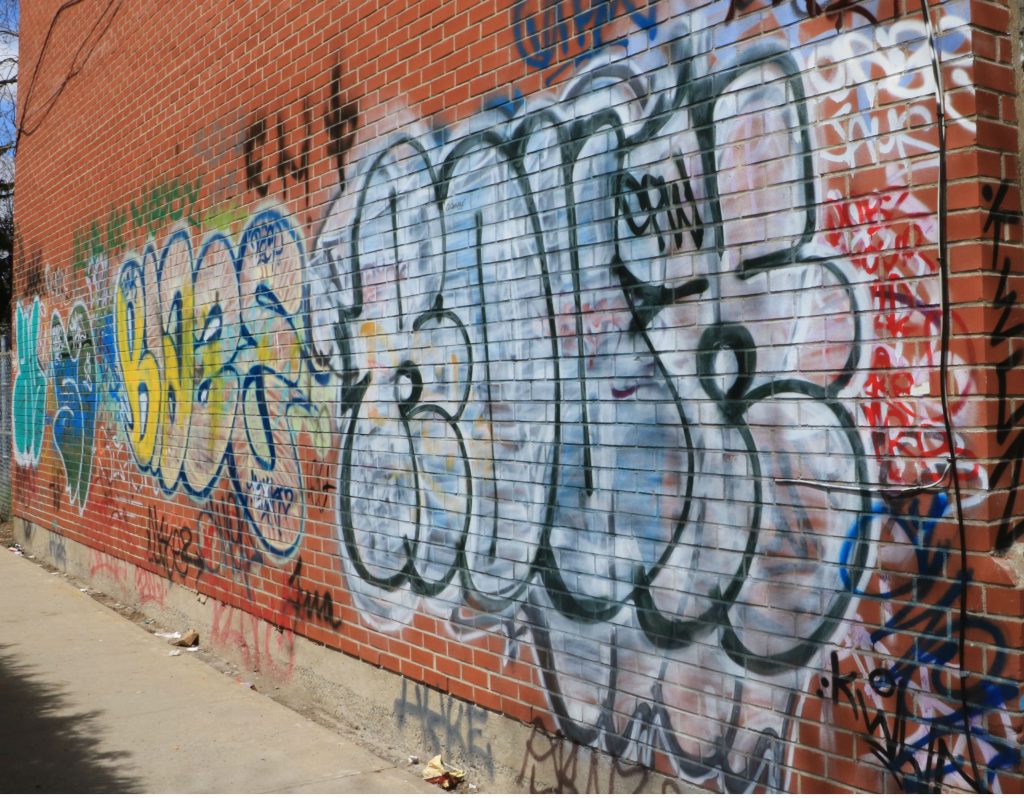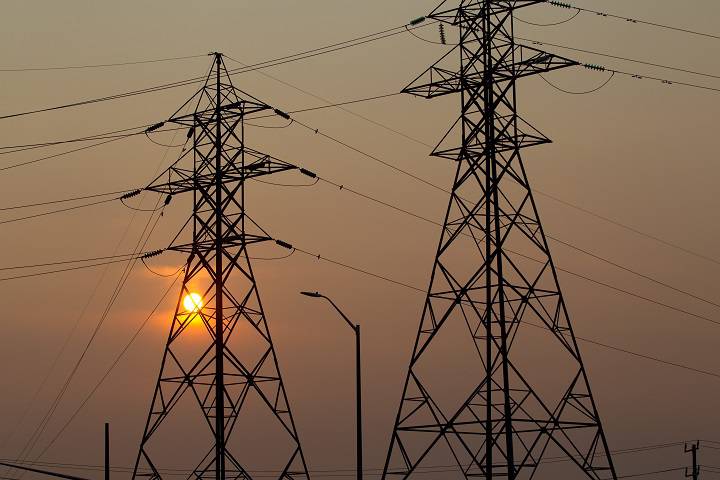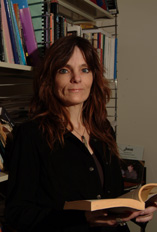One in four women in North America will be sexually assaulted during her lifetime. Yet, the chances for the victims to see the culprits locked in prison is slim. Even when a trial is held, the accused is likely to be cleared.
In Canada, less than half of the criminal offenses all combined are cleared. However, when it comes to sexual assault, two third of cases are cleared (61%). A stable proportion over the last 15 years.
According to Blair Crew, lawyer and professor at the University of Ottawa, they are many reasons that explain this higher clearance rate.
The most delicate part is not to prove that the sexual intercourse happened, he explains, but to prove, « beyond a reasonable doubt », that it was consented.
Deb Singh, who works as a counsellor at the Toronto Rape Crisis Centre, agrees that proving consent is very difficult. « Sexual assault happens usually, according to statistics, when the two people know each other, in a private home. There is usually no witnesses. »
Other evidence might also be hard to find : « a person might have been assaulted even if they don’t have bruises, they might not even have conscience ! »
Often, the trial relies on the only testimony of the woman. But for Blair Crew, one of the reasons the accused is more likely to be cleared is that women might not be taken seriously : « She can say, very clearly, ‘no, I didn’t consent’, and she might be not believed. »
For Deb Singh, it is also a matter of cultural perception of rape : « For decades, raping your wife was considered as something normal and acceptable. » According to her, rape is still not perceived seriously. « Last year in Ontario and Canada, there have been a number of judges who have made all sort of sexist comments, » she said.
90% of the cases are cleared in Nunavut
Aboriginal women might be even more exposed to the difficulty of the procedure.
The proportion of cases that result in a conviction can be drastically different from one province or territory to another. In Nunavut, about 90% of the accused walk free from the court, and about 80% in Northwest. In Newfoundland and Labrador, the rate drops at 37%.
Blair Crew states that « there might be different court procedures », but that the amount of aboriginal women might also be at stake. « Studies show that aboriginal women are less likely to be believed », he said. That would explain why in provinces where the proportion of aboriginal women is high, the clearance rates are higher according to the expert.
Only 6% of rapes are reported to the police
Many cases are thus cleared by charge, but some sexual assault cases might also be cleared otherwise, which includes, among other things, when the complainant declines to press charges. The proportion of cases of sexual assault cleared otherwise (18%) is slightly higher than in other criminal offenses (16%).
Blair Crew explains that it is more likely that the victims of rape tend to drop charges during the procedure, given the fact that it can be difficult to go through for the victims.
The defense might also ask for a therapeutical record, or request information about the woman previous sexual life. These requests that women could find intrusive or humiliating to the point that they decide to abandon the case.
From what Deb Singh observes after about 16 years of working with survivors of sexual assault, there is some kind of « double victimization » during the legal procedure. She recalls the case of a young woman against who the defense attorney used her activism against sexual violence on campus to discredit her, saying that « she wants the system to not convict her perpetrator because it would prove her activism was meaningful. »
The majority of the sexual assault are not reported to the police, only 6% according to a study of Statistics Canada (http://www.sexassault.ca/statistics.htm). While they are numerous reasons behind this, « women are aware of the difficulty of the procedure » said Blair Crew. « They fear they might not be believed. »
Blair Crew says that Ontario is currently training its crown better to handle sexual assault cases. « In the long term, I think it can make a difference. »











